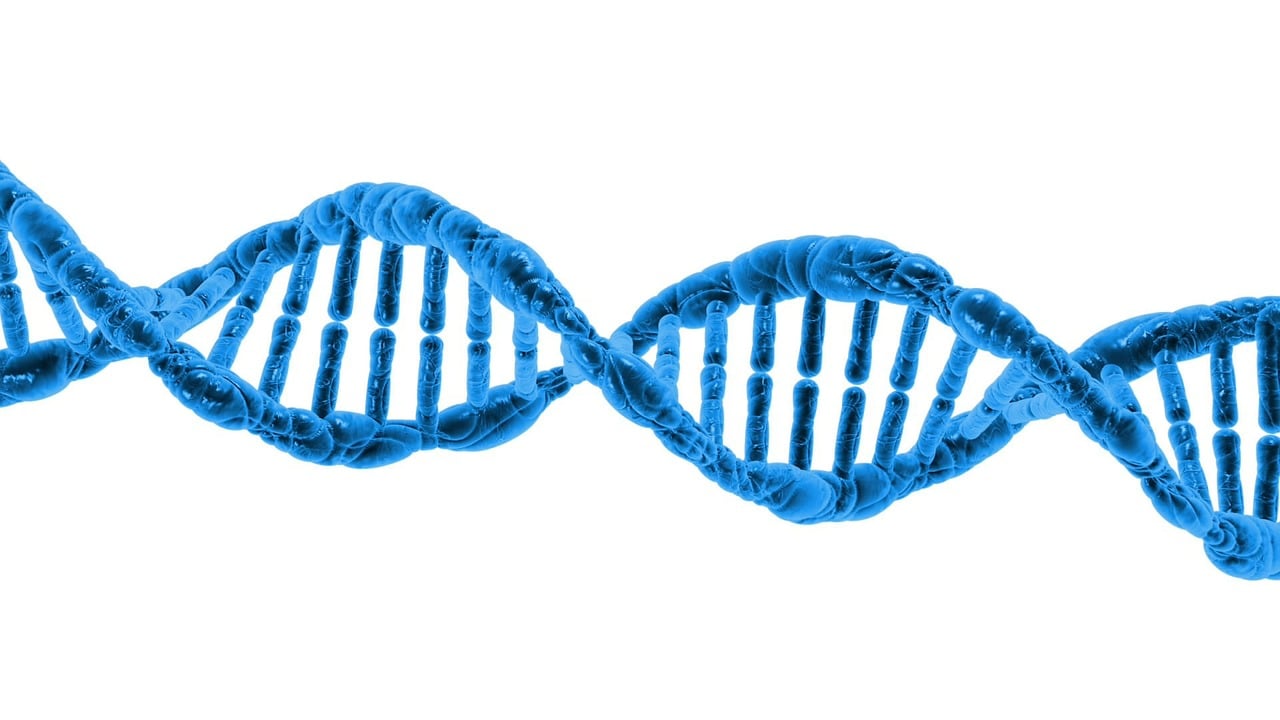Gene therapy is something that you read and learn about in books and now it is possible. Finally, the theory is becoming applicable in helping the one in need.
Opal is the youngest patient to receive gene therapy. She was eleven months old when the treatment was performed while participating in a trial study.
She suffered from OTOF-related deafness.
This type of deafness is caused by mutations in the OTOF gene, which codes for the protein otoferlin. This protein has an important function as the part of the hair cells of the ear.
Hair cells transform mechanical energy into electrical impulses which are transported to the brain, allowing us to hear.
Until now the solution was to use a cochlear implant, which is marked a groundbreaking advancement in the field of auditory science and medicine.
How did they perform gene therapy?
Treatment was performed by incorporating a copy of the ‘healthy’ gene into the hair cells. To transport this gene, a virus was used as a vector.
Specifically, therapy was placed on her right ear while under general anesthesia. Additionally, a cochlear implant was surgically implanted into her left ear.
Within a few weeks, Opal began to hear loud sounds, such as clapping, in her right ear.
After six months, Opal’s medical team at Addenbrooke’s Hospital in Cambridge reported significant progress.
Tests revealed that her right ear had nearly regained normal hearing sensitivity for soft sounds, including very faint whispers.
Opal got genetic screening since her sister has the same condition, so potentially she also had a risk of developing deafness.
Is Opal the only one?
Opal is not the only one who had successful gene therapy treatment for this condition.
Another girl in China, Yiyi, went through a similar situation only she was older when she enrolled in the trial process. Also, many other children are participating in the trials in other countries.
It is important to note that this treatment can’t treat all of the types of deafness. Currently, it is possible to treat only hereditary cases related to otoferlin gene defects.
The results of this trial therapy are represented at conferences around the world.
Hopefully, this trial treatment will not be restricted to just rich countries but also others will be able to get the piece of the cake.
This is great news for all of the deaf children of the world, as it will give them opportunity to hear all of the sounds life has to offer.
Resources:
